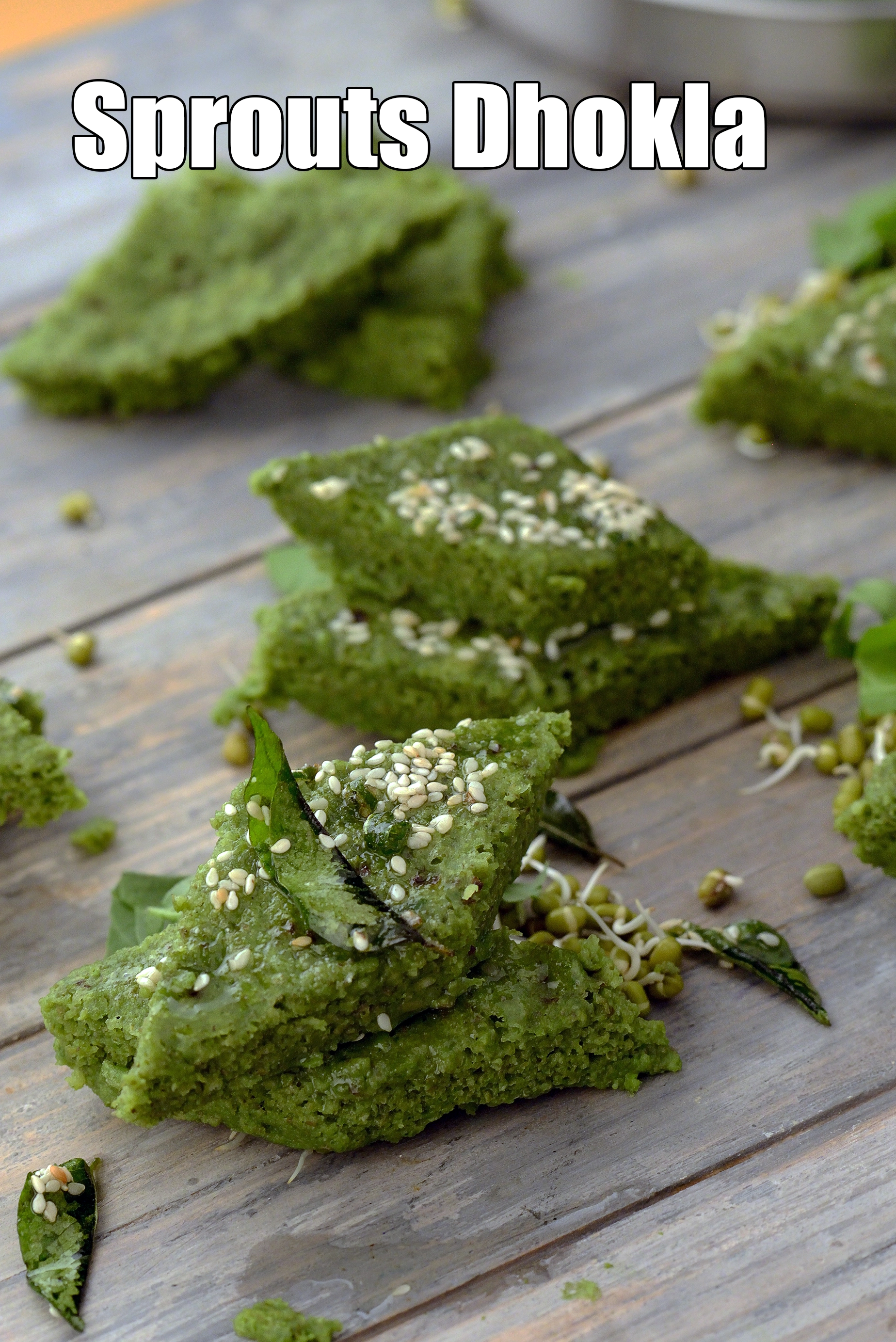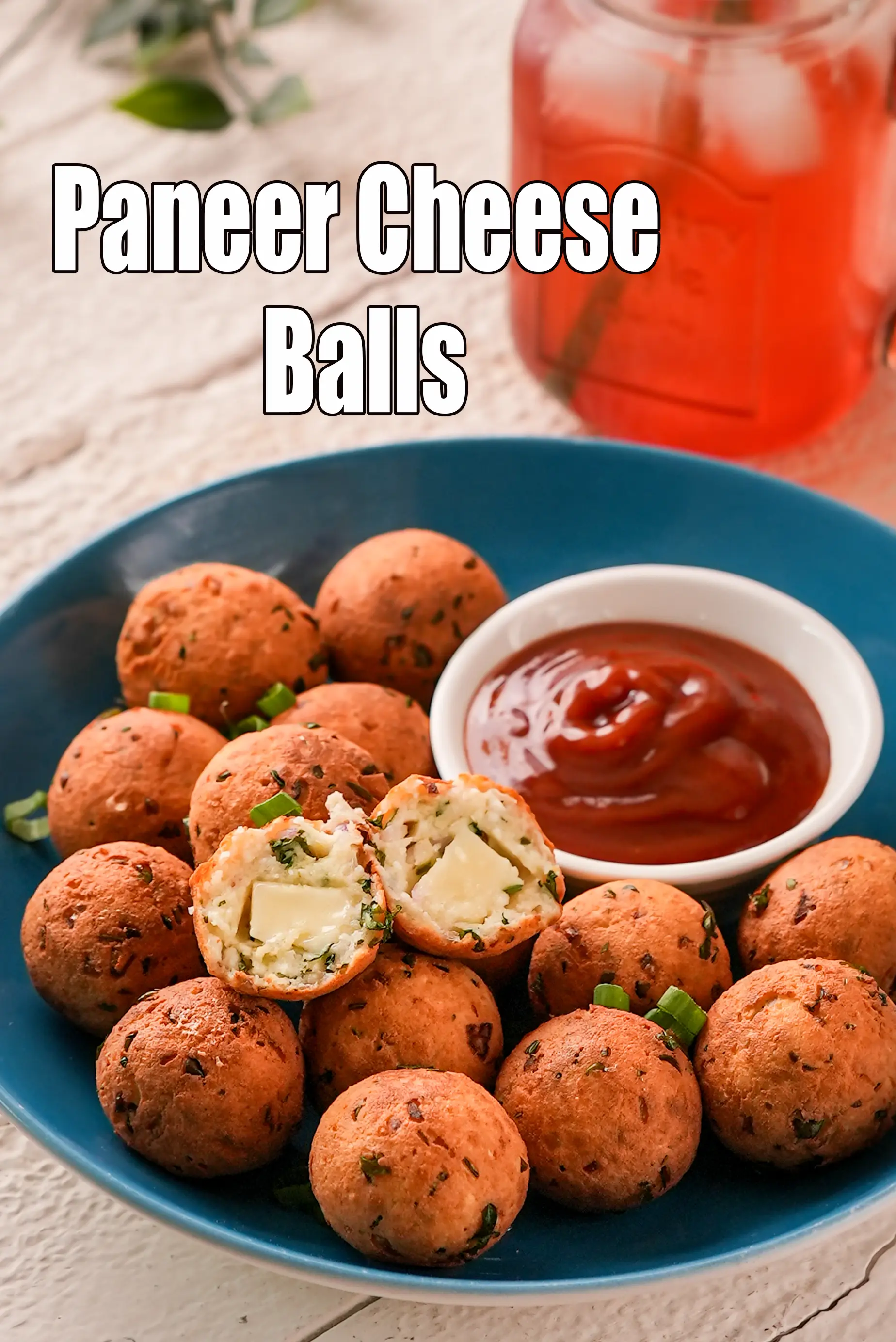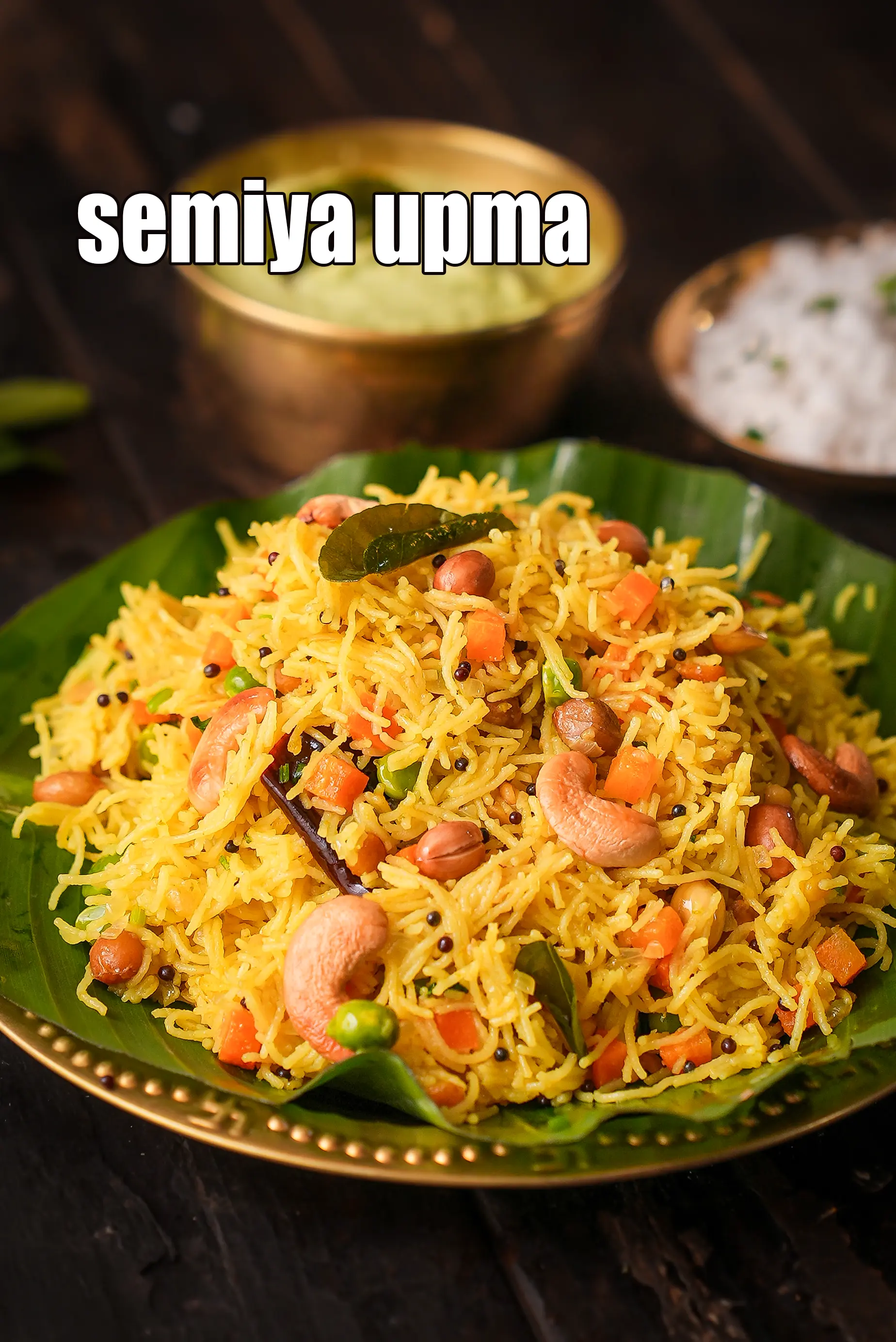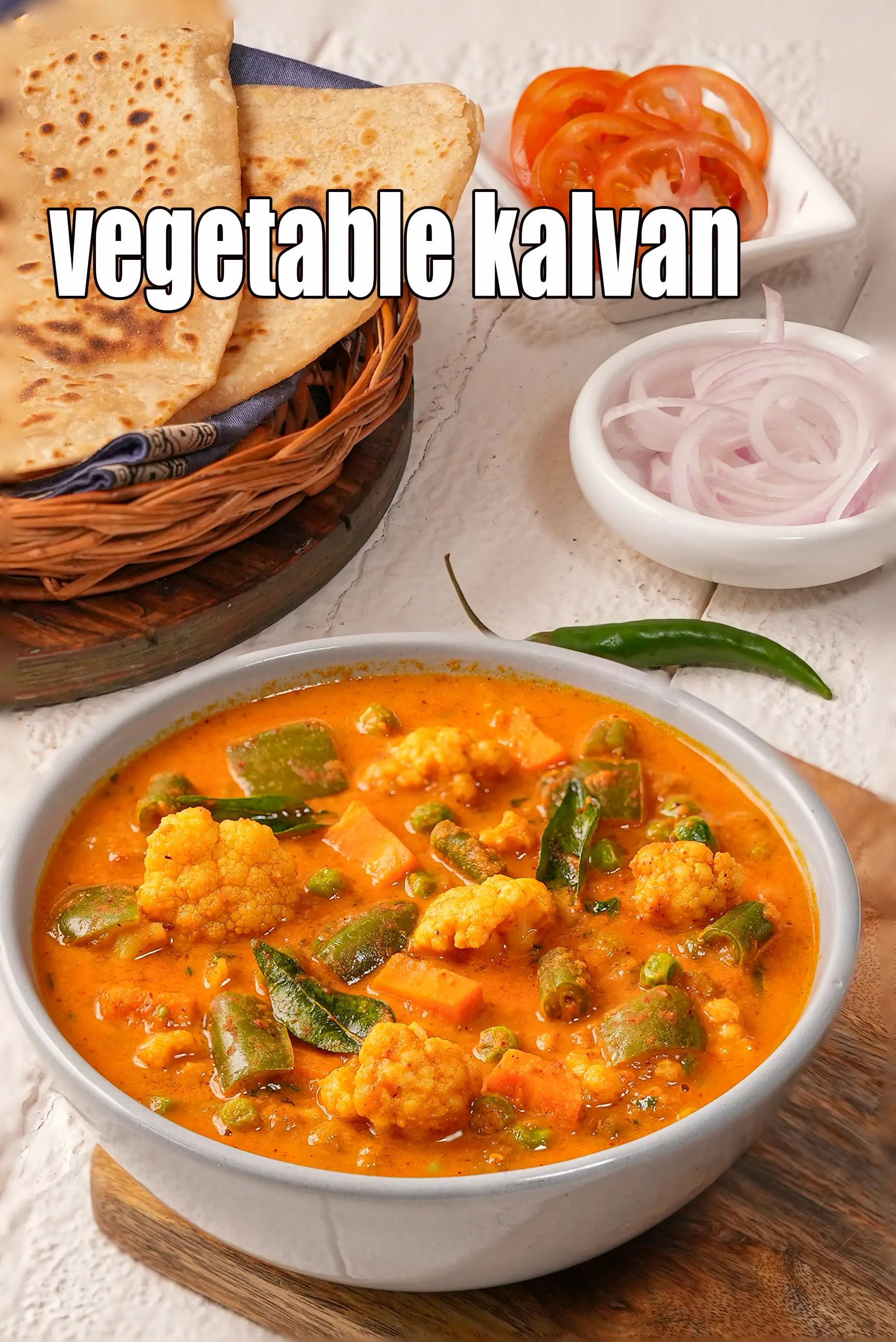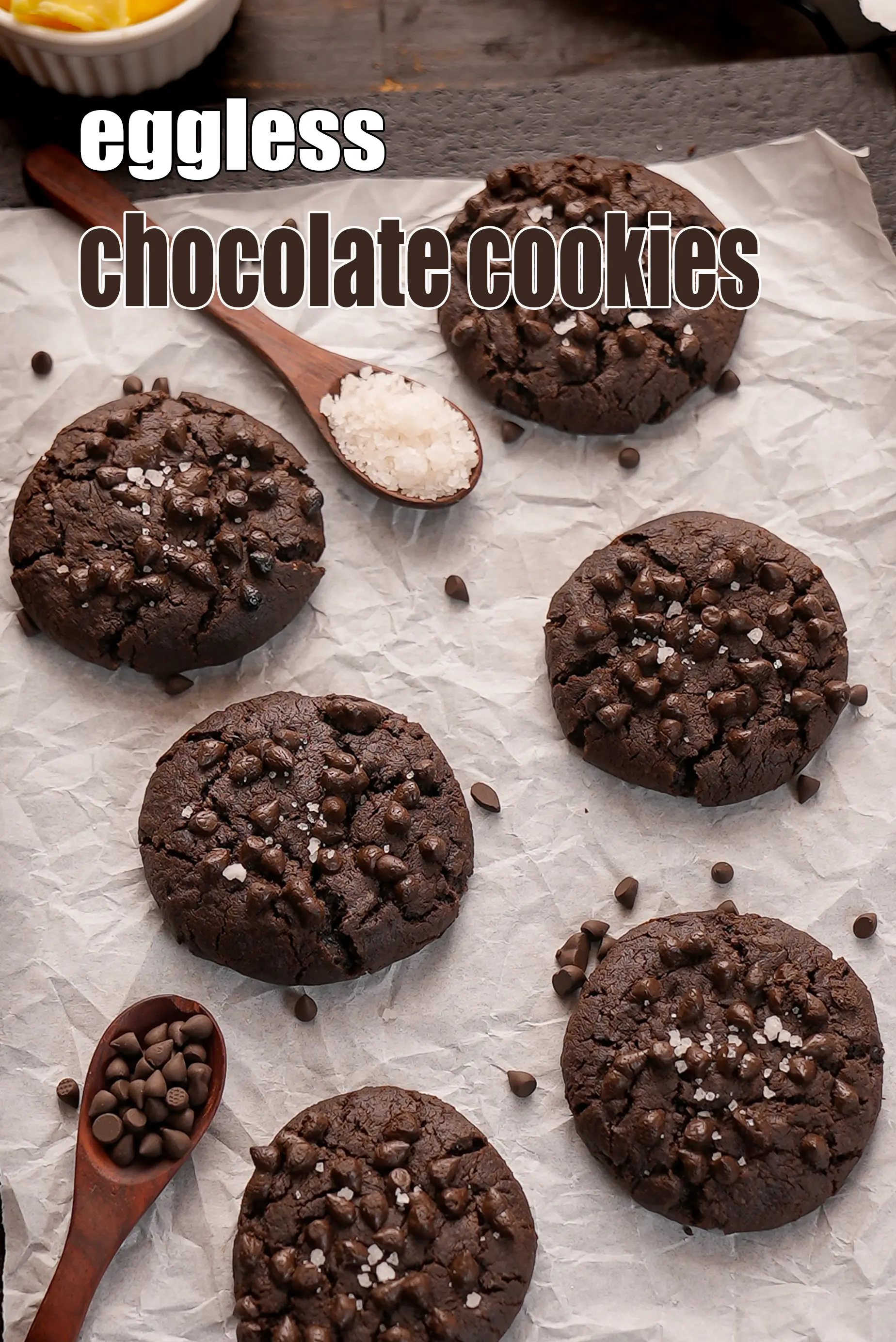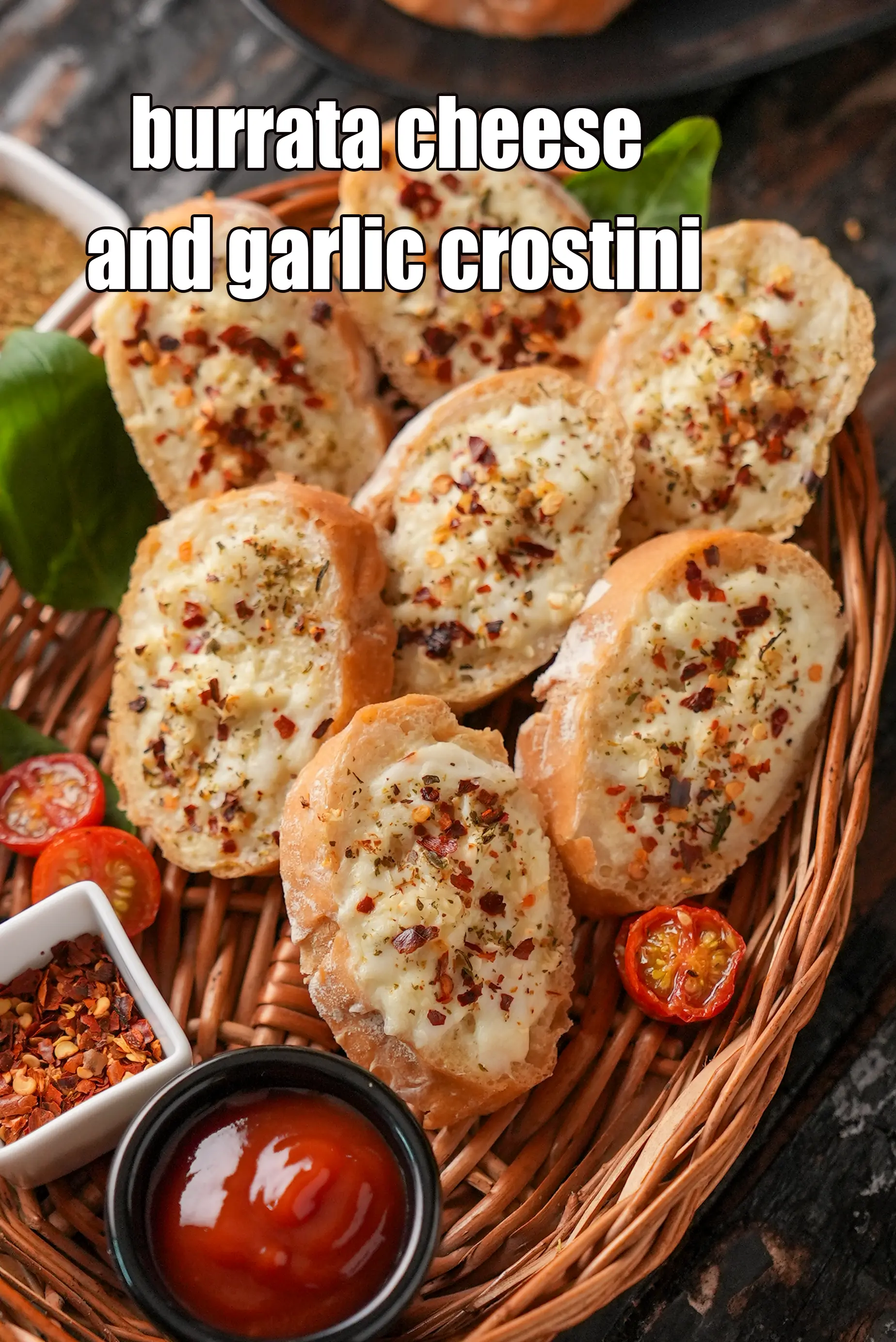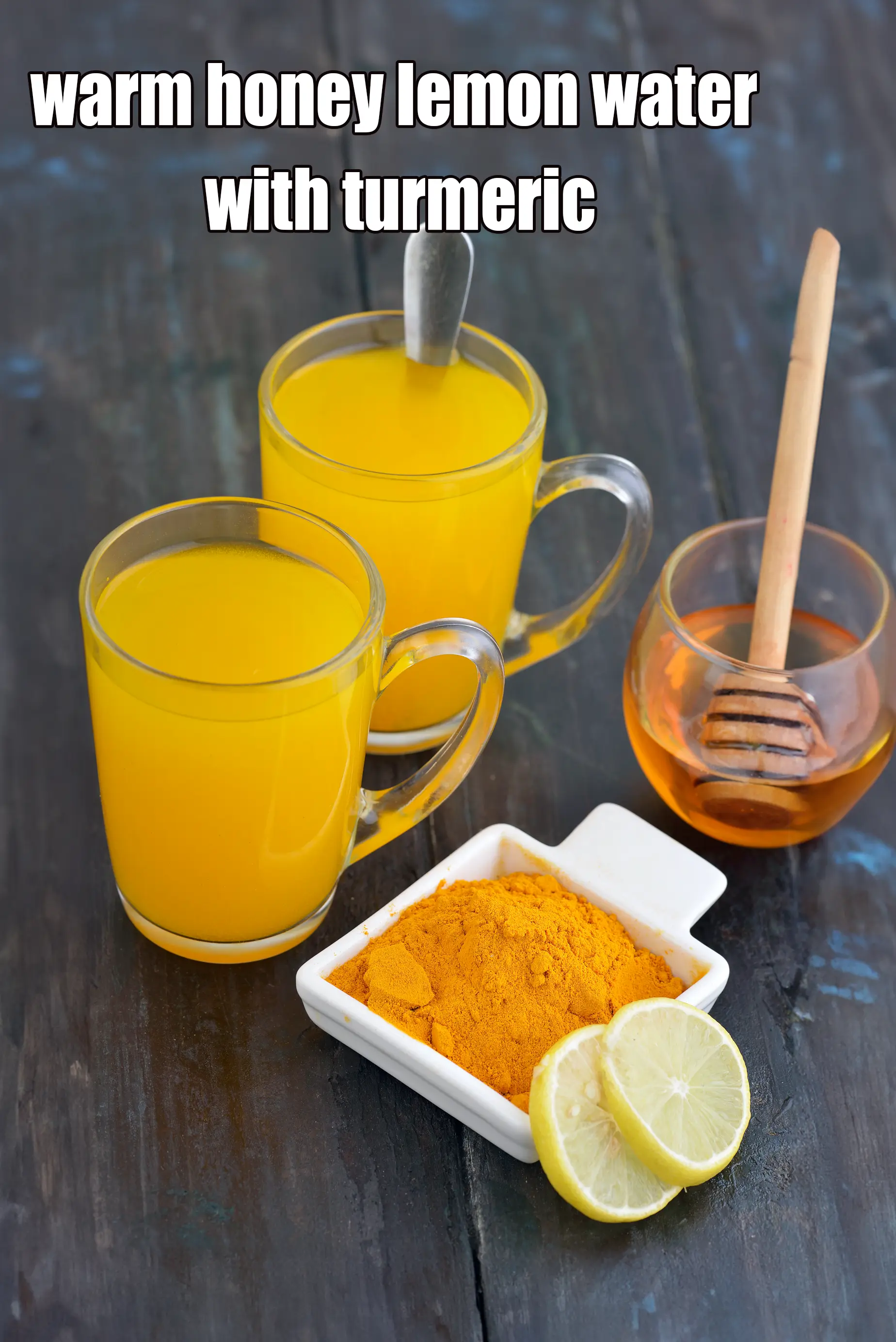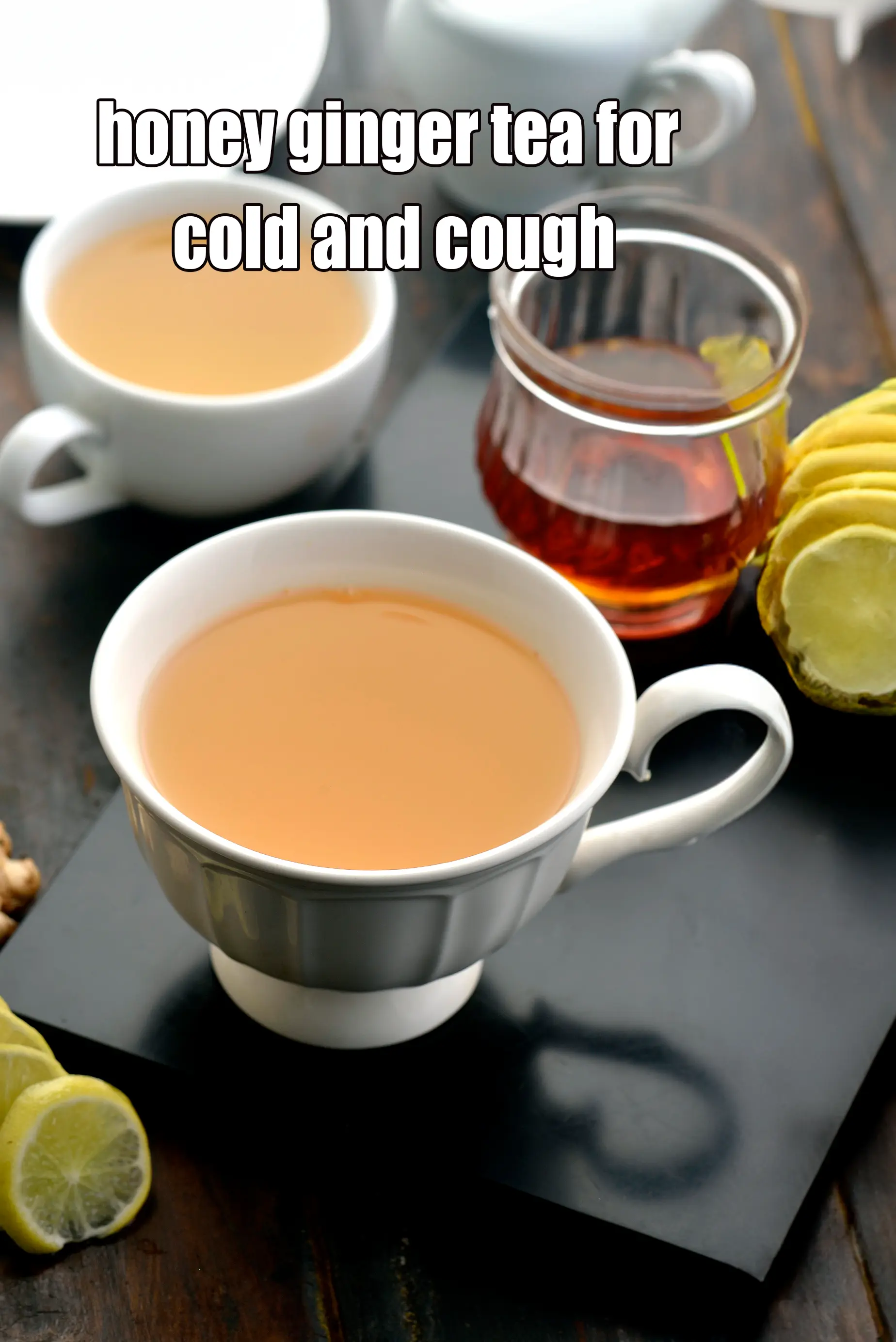Nutritional Facts of Aloo Methi Parathas, Calories in Aloo Methi Parathas
This calorie page has been viewed 12187 times
How many calories does one Aloo Methi Parathas have?
One Aloo Methi Parathas gives 222 calories. Out of which carbohydrates comprise 98 calories, proteins account for 15 calories and remaining calories come from fat which is 113 calories. One Aloo Methi Parathas provides about 11 percent of the total daily calorie requirement of a standard adult diet of 2,000 calories.
See Aloo Methi Parathas recipe. Packed with excitement; that describes the Aloo Methi Parathas best of all!
These sumptuous whole wheat parathas are stuffed with a delectable mixture of potatoes flavoured with fenugreek leaves, cumin seeds and spice powders, which makes them so tasty that they can be served straight and simple with just curd and pickles.
When the methi is sautéed, it sheds its bitterness, thereby imparting only its positive characteristics such as its strong aroma and unmistakable flavour to the dish. Indeed, this is a main course that will appeal to all!
Is Aloo Methi Paratha healthy?
Yes, this is healthy. But restrictions apply to some.
Let's understand the Ingredients.
What's good.
1. Whole Wheat flour : Whole wheat flour is excellent for diabetics as they will not shoot up your blood sugar levels as they are a low GI food. Whole wheat flour is rich in Phosphorus which is a major mineral which works closely with calcium to build our bones. Vitamin B9 helps your body to produce and maintain new cells, especially increase red blood cells. See detailed benefits of whole wheat flour and why it's good for you.
2. Methi leaves (fenugreek leaves) : Methi leaves are low in calorie, powerful antioxidant and cures mouth ulcers. Fenugreek leaves help in improving glucose and insulin responses, hence good for diabetics. The levels of cholesterol also reduced with intakes of fenugreek leaves. Rich in Vitamin K which is good for bone metabolism. See all benefits of methi leaves here.
3. Curd + Low fat Curds : Curds help in digestion as it has very good bacteria. Probiotics in curds acts as a mild laxative but, in case of diarrhoea and dysentery, it is a boon, if curd is used with rice.They help in weight reduction, good for your heart and build immunity. The only difference between curds and low fat curds is the fat level. Read the benefits of curds to include in your daily diet.
What's the problem?
1. Potatoes (Aloo) : Potatoes being high in simple carbohydrates will lead to weight gain and are not good for people with diabetes, heart problem and obesity. Potatoes are recommended for malnourished children and people with low weight. See full details on why potatoes are bad for you.
2. Vegetable Oils : To some vegetable oil is only soyabean oil, while some promote it as a mix of oils like soyabean, canola, sunflower, corn and other omega-6 rich oils. These are often cheaper options than many oils, but they are highly processed oils. They are undoubtedly not to be reached out for, whether you are looking for salad dressings, sautéing or cooking. The 5 best oils used in cooking are olive oil (low temperature short time cooking), avocado oil, canola oil, coconut oil and peanut oil. You must read the super article to find the facts of which oil is the healthiest avoid vegetable oil.
Can diabetics, heart patients and over weight individuals have aloo methi paratha ?
No, this recipe is not good for diabetics, heart and weight loss. The only isssue is potatoes in this recipe. Potatoes being high in simple carbohydrates will lead to weight gain and are not good for people with diabetes, heart problem and obesity.
We suggest healthy paratha recipes like yellow moong dal and spring onion paratha made with whole wheat flour + yellow moong dal. Paushtic parathas is another option.
Paushtic Parathas
Can healthy individuals have aloo methi paratha ?
No, this recipe is not the best. You can have it as a cheat meal. I am not to comfortable suggesting potatoes due to the high carb count. Have this paratha or any paratha with u low fat curds to balance the carbs.
Low Fat Curds ( How To Make Low Fat Curds)
8 Pointers to get healthy on a Indian diet
1. Eat healthy and say yes to good home cooked food. Prefer whole grains like oatmeal, quinoa, buckwheat, barley and healthy flours like bajra flour, jowar flour, quinoa flour, wheat flour etc. rather than refined ones like maida. Have healthy Indian fats like ghee, coconut, coconut oil in your diet.
2. Opt out of junk food, packaged food, deep fried foods. Prefer steamed snacks and other non-fried snacks. Check out some Healthy Indian Snacks. Remember to eat small frequent meals through the day as that will keep you always full and prevent your blood sugar from dropping. By starving your body through some diet, will not help you one bit. In fact, dieting will make you binge on 2 to 3 meals which is not good.
3. Have 4 to 5 servings of vegetables and 2 to 3 servings of fruit is a must. Follow the logic of a vegetable in each main meal of the day and a fruit in-between meals. Check out a few Healthy Indian Soups and Healthy Indian Salads recipes using this food group.
4. Cut down on sugar and salt in your diet and pick honey ( very small amounts) or dates to sweeten your food. Slowly cut the sugar habit as this is not going to happen over night. Sugar is also called white poison. It is a simple carbohydrate with zero nutritional value. On intake, sugar will cause inflammation of the body which will last for many hours. It will spike your blood sugar level and shut down the fat burning process. This also causes high blood sugar levels in your body. The development of prediabetes comes from uncontrolled eating sugar and refined food products for many years and the classic symptom is if you have excess belly fat. This leads to diabetes and further onwards to heart attack, high blood pressure, strokes, impotence and kidney damage.
Salt and blood pressure. Apart from stress and obesity, one of the main reasons for high blood pressure is excessive sodium and salt intake. Most people find it difficult to limit the amount of salt in their cooking, thinking it will affect the taste of their favourite dishes.
This is not true. Bajra and jowar are rich in potassium and critical for those with High Blood Pressure as it lessens the impact of sodium. Eating more Potassium Rich Foods will remove more sodium from your body through urine. So include the basic bajra roti and jowar roti in your daily diet to have with Lower Blood Pressure Subzis Recipes.
5. Befriend a few healthy seeds and nuts like chia seeds, flax seeds, sesame seeds, walnuts and almonds.
6. Sprouts are called ‘living food’. They are high is most nutrients and easy to digest as well. Let them feature in your meals at least thrice a week. Also Read : All Benefits about Sprouts.
7. Exercise 45 minutes every day. No excuse. You can walk fast, run, do weights, play your favourite sport or go to the gym.
8. Sleep early and get up early. Get your body into rhythm and it will function best. Sleep helps your body to recover.
Aloo Methi Parathas is high in
1. Vitamin B1 : Vitamin B1 protects nerves, helps in carbohydrate metabolism, prevents heart diseases and helps produce red blood cells.
Note : a recipe is deemed high in a Vitamin or mineral if it meets 20% and above the recommended daily allowance based on a 2,000 calorie diet.
How to burn 222 calories that come from Aloo Methi Parathas?
Walking (6 kmph) = 1hr 7 mins
Running (11 kmph) = 22 mins
Cycling (30 kmph) = 30 mins
Swimming (2 kmph) = 38 mins
Note: These values are approximate and calorie burning differs in each individual.
| Energy | 222 cal |
| Protein | 3.8 g |
| Carbohydrates | 24.4 g |
| Fiber | 4.1 g |
| Fat | 12.6 g |
| Cholesterol | 0 mg |
| Vitamin A | 245.3 mcg |
| Vitamin B1 | 0.2 mg |
| Vitamin B2 | 0.1 mg |
| Vitamin B3 | 1.4 mg |
| Vitamin C | 6.9 mg |
| Folic Acid | 13.2 mcg |
| Calcium | 36.9 mg |
| Iron | 1.5 mg |
| Magnesium | 45.5 mg |
| Phosphorus | 101.5 mg |
| Sodium | 12 mg |
| Potassium | 140.4 mg |
| Zinc | 0.7 mg |
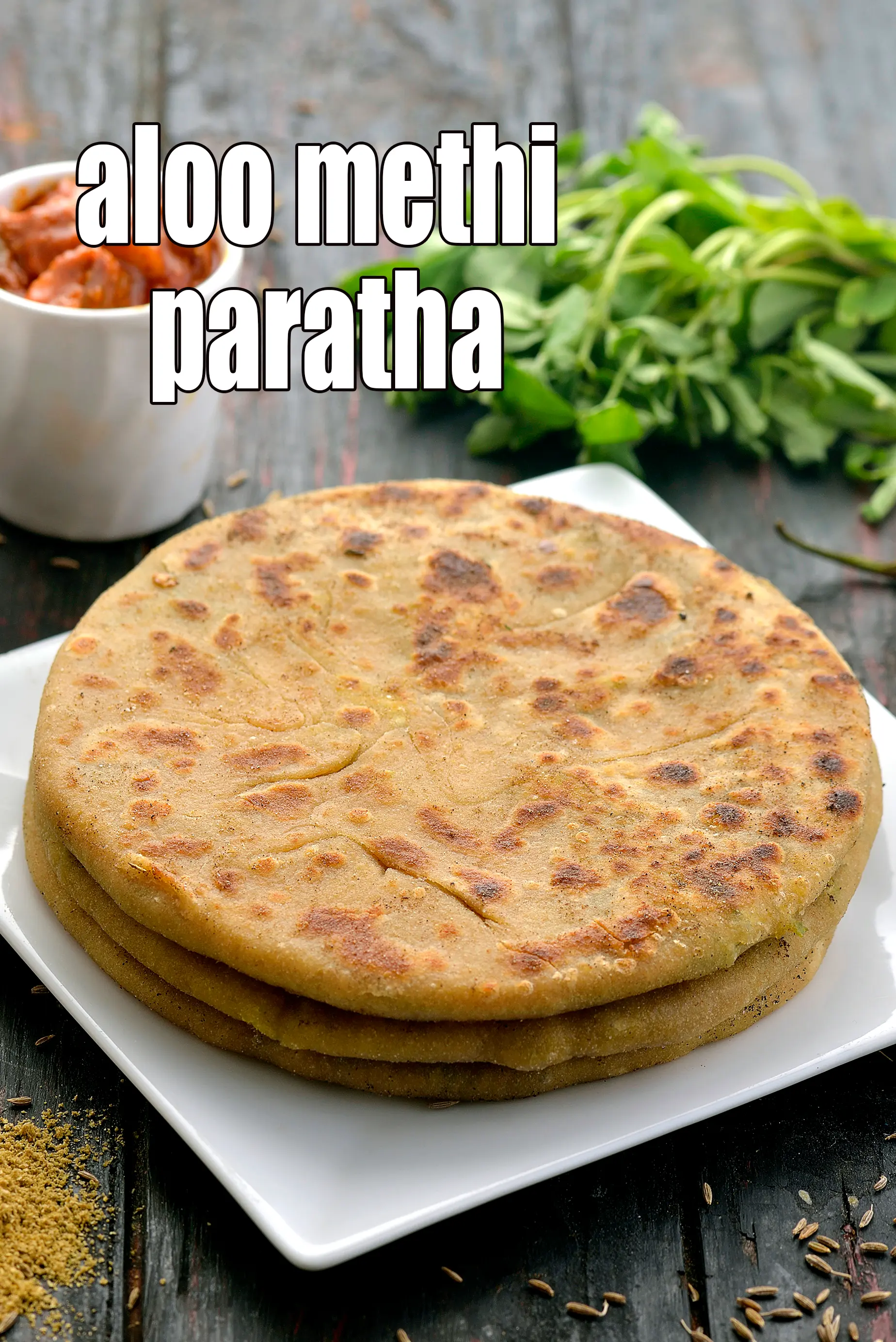
Click here to view Aloo Methi Parathas
Calories in other related recipes
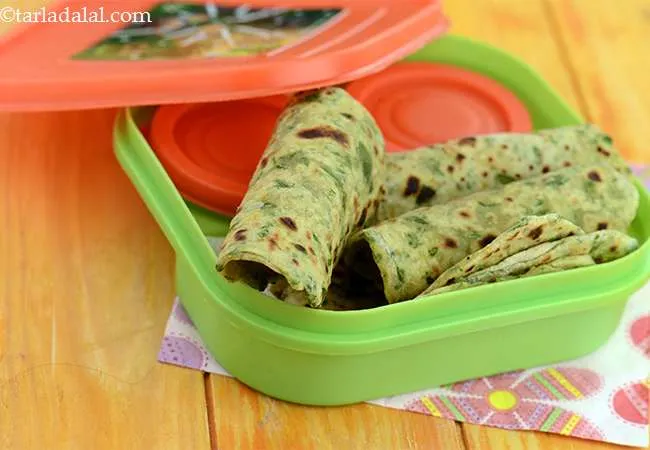
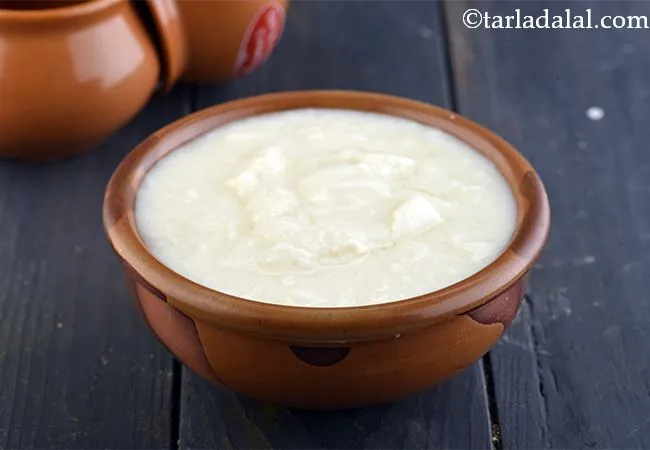

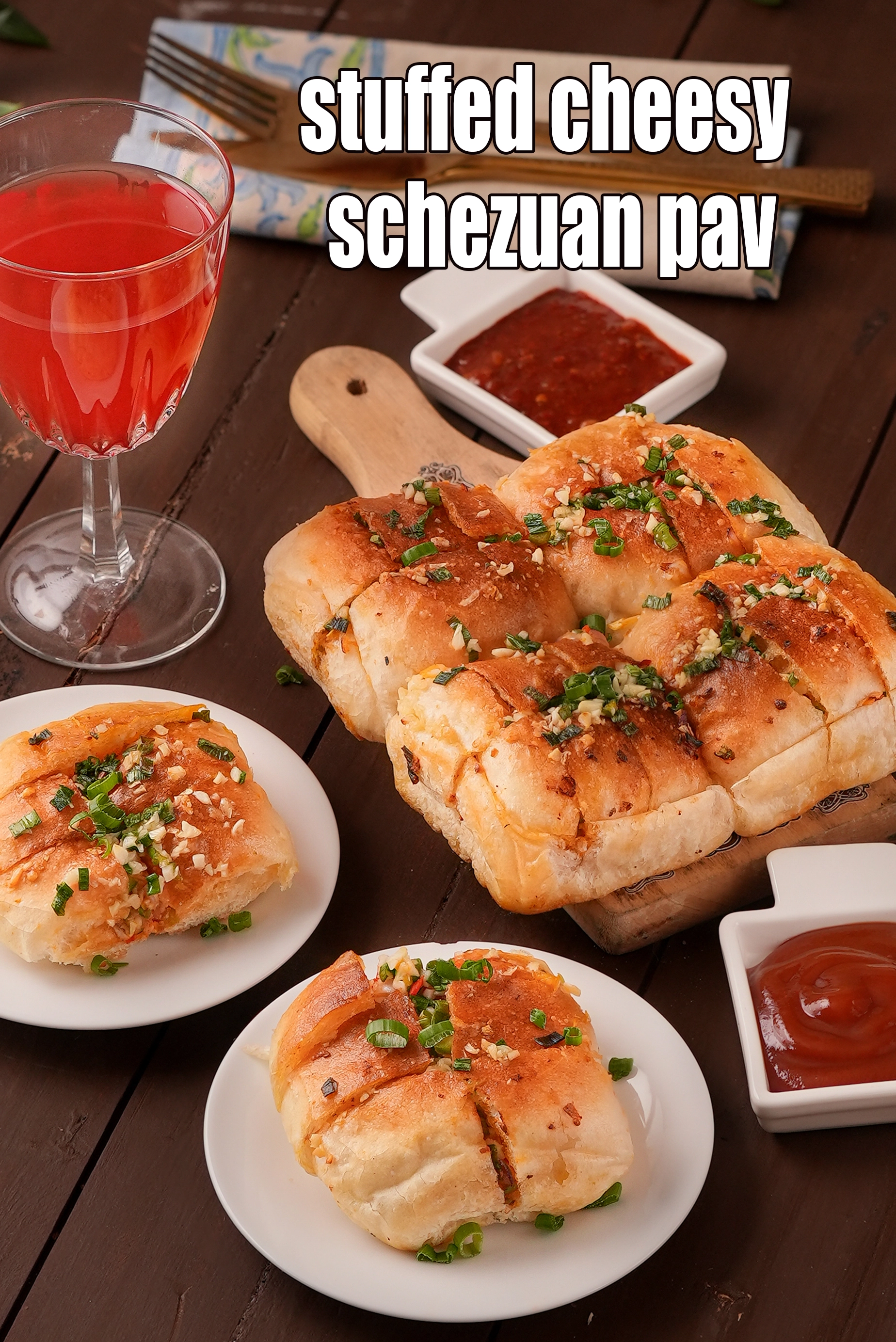
-10876.webp)
